So today as I was looking at my sea lettuce, I saw white stuff on my sea lettuce. I looked closer and the white fungal looking stuff wasn’t the only thing on it. There were wart looking things on them as well. Any ideas on what these are? Friends or foes?
Also the last pics, I saw this little guy that looks like a star fish. Asterina? Should I take it out?
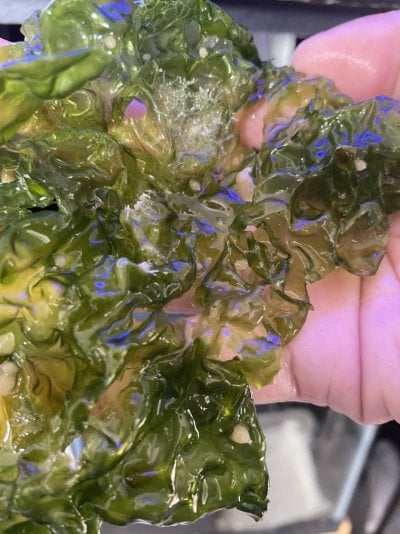
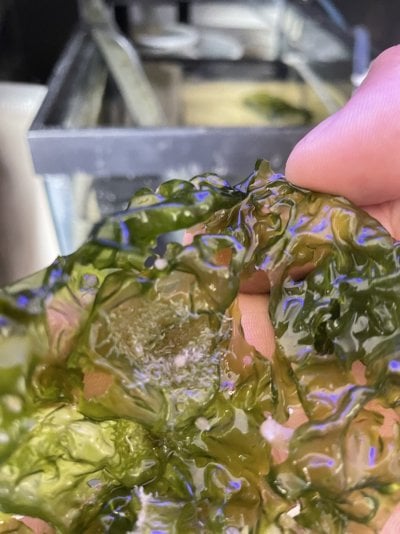
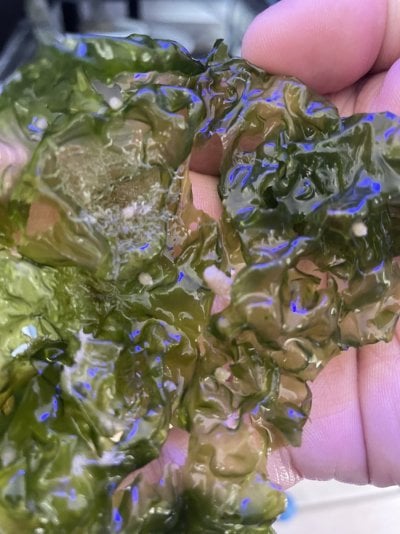
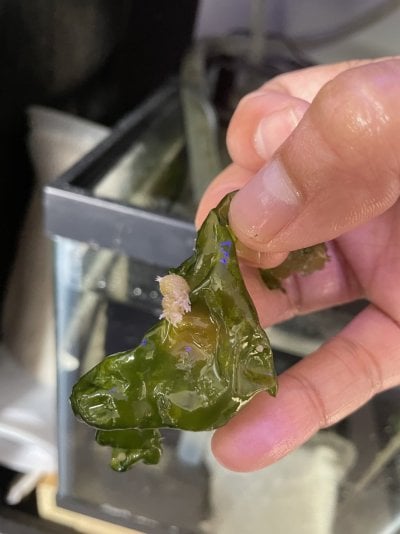
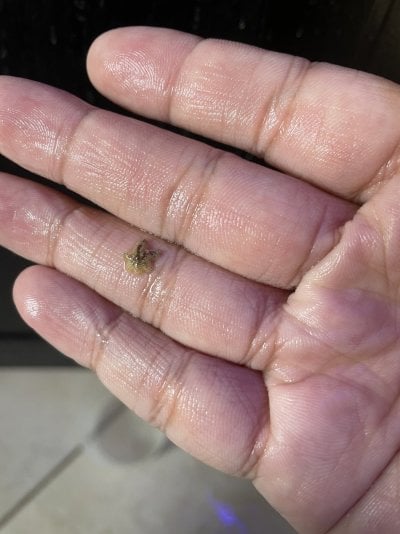
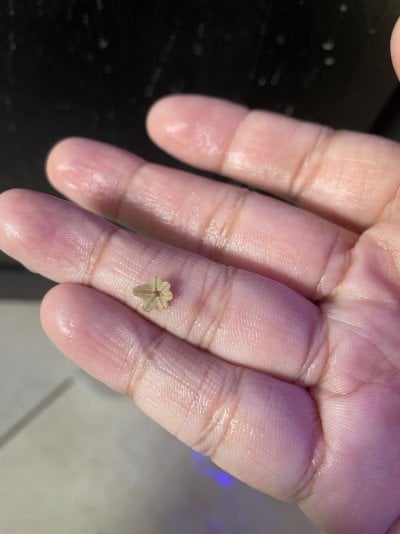
Also the last pics, I saw this little guy that looks like a star fish. Asterina? Should I take it out?





















